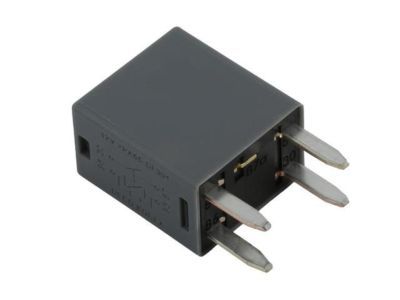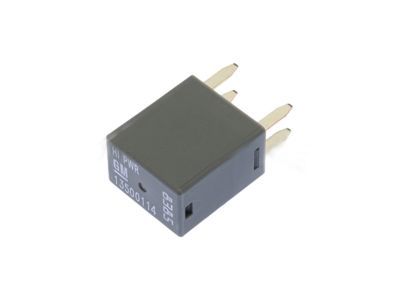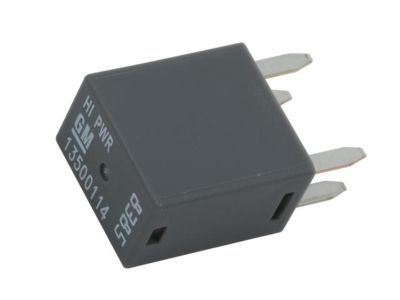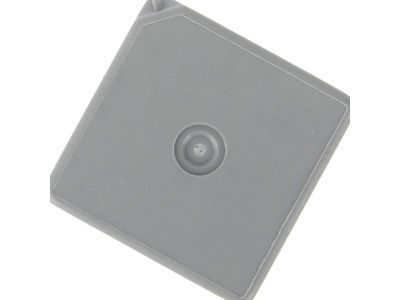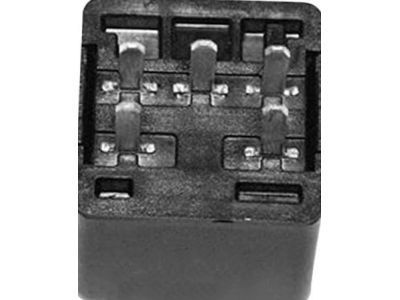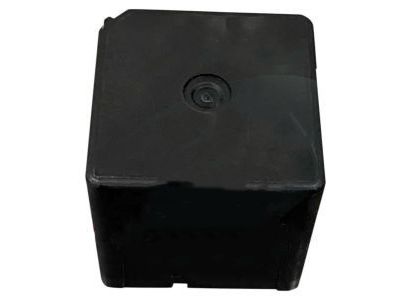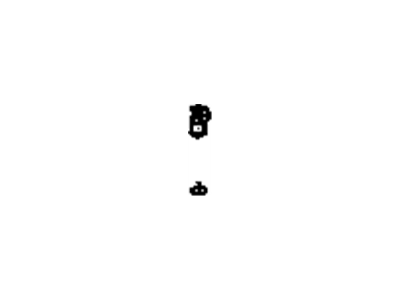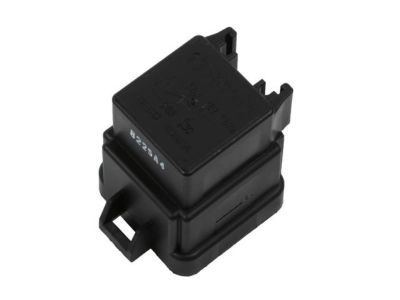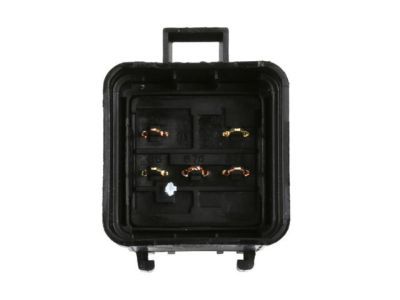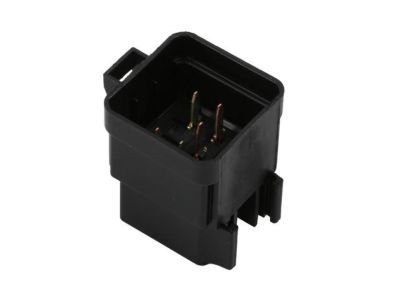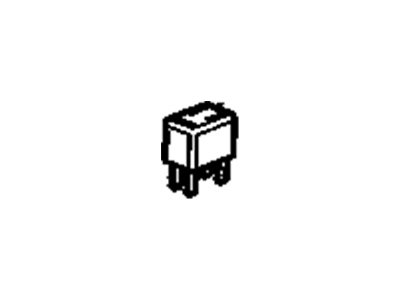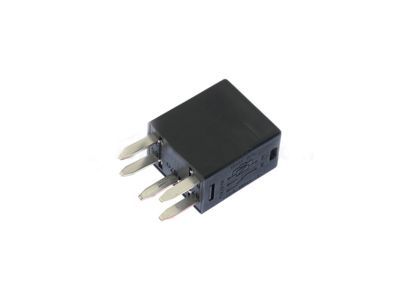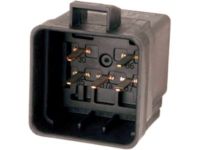
My Garage
My Account
Cart
Genuine Chevrolet Colorado Relay
Wire Relay- Select Vehicle by Model
- Select Vehicle by VIN
Select Vehicle by Model
orMake
Model
Year
Select Vehicle by VIN
For the most accurate results, select vehicle by your VIN (Vehicle Identification Number).
7 Relays found
Chevrolet Colorado RELAY ASM,ACSRY TIME DELAY CUTOFF *GRAY
Part Number: 13500114$10.20 MSRP: $20.88You Save: $10.68 (52%)Ships in 1-2 Business DaysChevrolet Colorado Relay Asm,Multiuse *Gray
Part Number: 13503102$7.77 MSRP: $16.90You Save: $9.13 (55%)Ships in 1-2 Business DaysChevrolet Colorado RELAY ASM,FAN CONT
Part Number: 13503103$5.19 MSRP: $11.29You Save: $6.10 (55%)Ships in 1-2 Business DaysChevrolet Colorado Relay Asm,Multiuse
Part Number: 19118886$53.35 MSRP: $115.98You Save: $62.63 (54%)Ships in 1-2 Business DaysChevrolet Colorado Relay,Secondary Air Injection Pump
Part Number: 15319851$37.20 MSRP: $70.18You Save: $32.98 (47%)Ships in 1 Business DayChevrolet Colorado RELAY ASM,WSW MOT *BLACK
Part Number: 13500126$11.60 MSRP: $21.88You Save: $10.28 (47%)Ships in 1-3 Business Days
Chevrolet Colorado Relay
Each OEM Chevrolet Colorado Relay we offer is competitively priced and comes with the assurance of the manufacturer's warranty for the part. Furthermore, we guarantee the speedy delivery of your orders right to your doorstep. Our hassle-free return policy is also in place for your peace of mind.
Chevrolet Colorado Relay Parts Questions & Experts Answers
- Q: How are electrical relays utilized and diagnosed on Chevrolet Colorado?A:Several electrical accessories in a vehicle, such as the fuel injection system, Horns, starter, and fog lamps, use relays to transmit the electrical signal to the component. Relays have a control circuit and a power circuit, with the control circuit opening and closing the power circuit. Defective relays can cause components to not operate properly. Most relays are located in the engine compartment fuse/relay box and must be replaced as a unit if they are defective. ISO relays, which follow International Standards Organization standards, are commonly used in these vehicles. The terminals on ISO relays are numbered to indicate their circuit connections and functions. The control circuit terminals are usually 85 and 86, while the power circuit terminals are 30 and 87. Terminal 86 is connected to battery positive (B+) voltage and terminal 85 is connected to ground if the relay contains a diode. If the relay contains a resistor, terminals 85 and 86 can be connected in either direction with respect to B+ and ground. Terminal 30 is connected to the battery voltage source, while terminal 87 is connected to the ground side of the circuit. An ohmmeter can be used to check continuity through the relay control coil, and if there is infinite resistance in both directions, the relay should be replaced. The relay can also be tested by checking for continuity between the power circuit terminals and by using jumper wires to connect the relay to the battery. If the relay fails any of these tests, it should be replaced.
